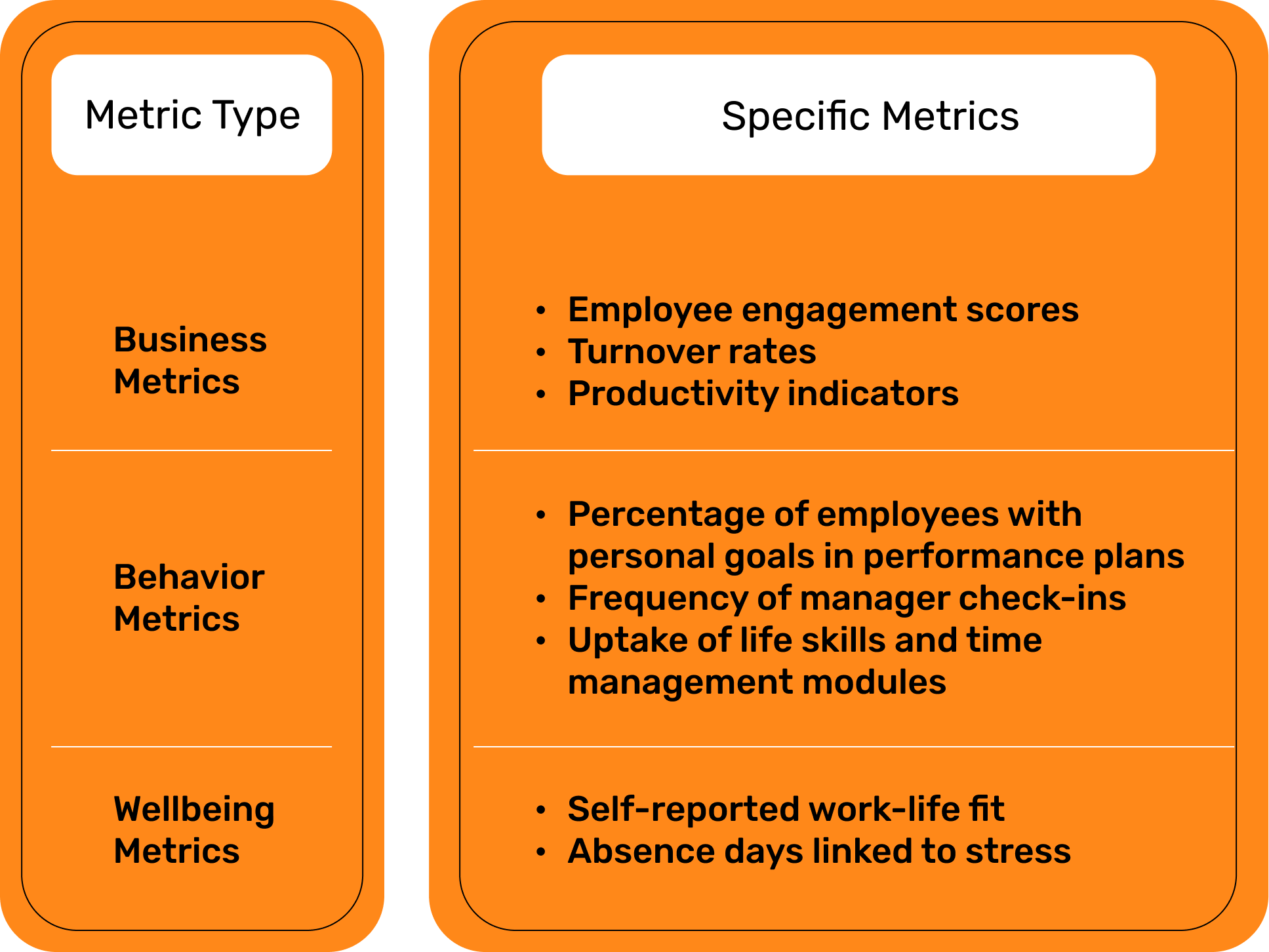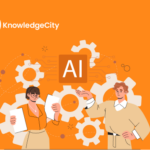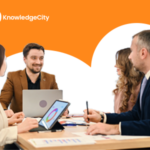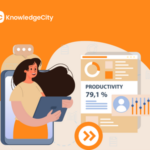Finding balance between personal life and work is one of the biggest challenges employees face today. When people feel stretched or overwhelmed, it affects their well-being as well as their focus, productivity, and overall contribution to the organization.
Many struggle to disconnect from work or feel guilty about taking time for themselves. Personal responsibilities can clash with professional demands, creating stress that managers notice but may not know how to address. HR and L&D professionals can provide the support and training needed to help employees manage both areas effectively, creating a culture where people can perform at their best while maintaining their well-being.
In this blog, we will outline practical frameworks and strategies HR and L&D professionals can use to help employees achieve personal and professional balance.
Why Supporting Personal And Professional Goals Matters
Employees are more than the roles they perform at work. Their personal responsibilities, ambitions, and well-being affect how they show up each day. Ignoring these dimensions increases stress and reduces engagement. When employees feel supported, they are more productive, creative, and committed to the organization.
Flexible schedules or remote work can help, but they are not enough on their own. Structured learning, clear team practices, and manager training are essential for ensuring employees can manage both personal and professional priorities.
Recognizing why balance matters is the first step. The next step is implementing a framework that addresses balance at multiple levels.
The 3-Level Balance Model
Balance is most effective when approached at three connected levels: individual, manager, and organization. This ensures training, conversations, and policies work together instead of in isolation.
- Individual: Provide learning on time management, goal-setting, and life skills to help employees prioritize commitments and build skills that support both personal and professional growth.
- Manager: Train managers to integrate personal goals into regular discussions, adjust workloads, and foster supportive team cultures.
- Organization: Offer policies, benefits, and learning programs that allow employees to pursue personal goals without barriers.
Aligning all three levels ensures that balance becomes a consistent practice rather than a temporary effort. The next step is turning this framework into actionable training.
The 4R Training Framework
The 4R Training Framework turns the 3-level balance model into concrete actions that employees and managers can practice daily. Here’s how each step can be applied:
- Ask employees to complete a short “life priorities checklist” at the start of each quarter.
- Include questions like: “What personal goals are most important to you right now?” or “Which activities make you feel energized?”
- Encourage journaling for a week to track how work impacts personal time.
- Show examples of skill development that benefit both areas, such as learning a time management technique that improves efficiency at work while freeing up personal time.
- Encourage employees to map personal ambitions to career goals using a simple table or worksheet.
- Use team workshops to discuss how pursuing personal goals can enhance creativity, problem-solving, or collaboration at work.
- Create team “focus hours” with no meetings to protect deep work time.
- Train managers to help employees prioritize tasks and set realistic deadlines.
- Encourage employees to schedule personal commitments in their calendar the same way they schedule work tasks.
- Managers check in regularly on personal goal progress during one-on-ones.
- Peer groups or buddy systems provide accountability and encouragement.
- Recognize employees who successfully balance goals, for example, by celebrating personal achievements during team meetings.
By following these steps, the 4R framework moves beyond theory and helps employees take tangible actions to balance work and life while improving engagement and productivity.
Leadership Actions That Make A Difference
Leaders play a key role in turning training into real habits:
- Ask employees in one-on-one meetings about their personal priorities for the quarter.
- Introduce one meeting-free day each month to allow focus on personal projects.
- Share enticing questions or reflections to encourage employees to assess their balance regularly.
- Recognize managers who actively support employees in achieving both professional and personal goals.
Leadership actions connect training to measurable results. To ensure these initiatives are working, it is essential to track their impact.
Measuring Impact
Tracking outcomes ensures initiatives deliver real results. Focus on clear metrics across three areas:
Measuring these metrics allows HR and L&D teams to refine training programs and policies to ensure they lead to meaningful improvements.
Steps For Implementation
- Start with a Pulse Survey: Identify employees’ priorities, time pressures, and perceived support.
- Pilot a Program: Test manager training, time management modules, and one life-skills module with two teams. Track usage and feedback.
- Build Dashboards: Monitor progress and share results with leadership to maintain focus.
- Support Managers: Provide checklists and micro-training for conversations on personal and professional goals.
- Review Learning Catalog: Ensure coverage of goal-setting, boundary management, and life skills.
Phased implementation allows adjustments before scaling, making balance initiatives sustainable and effective.
Empower Your Teams with KnowledgeCity
As HR and L&D leaders, you understand the pressures your people face every day. You see the stress, the long hours, and the challenge of balancing personal life with professional responsibilities. You want to support your teams, but finding good platforms and programs that truly help can be difficult.
KnowledgeCity, the best employee training platform in the USA, provides an extensive library of courses that strengthen personal and professional development. Employees can develop resilience, improve communication, and manage priorities while also building leadership, collaboration, and productivity skills.
The platform allows HR and L&D teams to create structured learning paths, provide practical resources, and give ongoing support that helps employees thrive in their roles and as individuals. Training becomes a way to show your people that they are valued and supported in reaching their goals.
When employees grow personally and professionally, engagement, performance, and retention improve. KnowledgeCity equips HR and L&D leaders with the resources to build balanced, motivated, and high-performing teams ready to meet the demands of today’s workplace.
Subscribe to Our Newsletter
Join 80,000+ Fellow HR Professionals. Get expert recruiting and training tips straight
to your inbox, and become a better HR manager.






 KnowledgeCity
KnowledgeCity 













